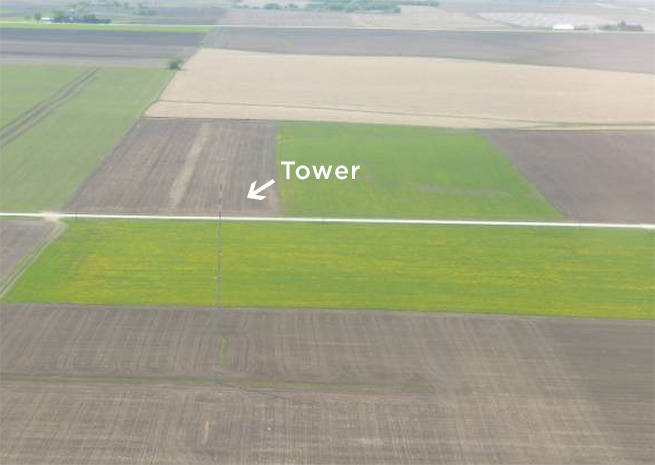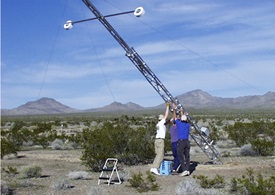
Rising less than 200 feet above ground and typically measuring up to eight inches in diameter, meteorological evaluation towers (METs) pose a significant threat to aviators, particularly agricultural aircraft and helicopters flying low. They are typically used to measure wind patterns, and can sprout up without notice. Lives have been lost: In 2013, the NTSB urged states to consider requiring that such towers (which are not tall enough to require FAA review, or federally mandated markings) carry markings to make them more visible. That recommendation echoes FAA advice on METs, and followed the investigation of three fatal accidents (with four lives lost) involving aircraft colliding with meteorological towers.
AOPA shares the concerns expressed by the NTSB, agricultural aircraft operators, and others, and has been actively supporting legislation drafted in several states in keeping with the NTSB recommendation. Bills moving forward in the Oklahoma House and Senate would require that towers more than 50 feet tall carry markings including paint (alternating bands of orange and white) on the tower itself, and marker balls for the guy wires that support it. The legislation also would require the state to establish and maintain a database of tower locations. (Such towers are currently erected without notice, and may appear unexpectedly in a farmer’s field that was empty the day before, for one example.)

The two bills have each been approved by the chambers in which they were introduced, and each is awaiting a final vote by the other chamber following approval at the committee level. AOPA Central Southwest Regional Manager Yasmina Platt has been working throughout the process to bolster support for the legislation, contacting lawmakers and making clear how and why the legislation would increase safety.
Pilots, particularly those who live or operate in Oklahoma, are encouraged to join AOPA’s effort to contact state lawmakers and support passage of the bills.
METs typically carry anemometers (and sometimes other weather instruments as well) used to evaluate a given location’s suitability for construction of a wind turbine, and their use is expected to increase as the industry grows. The legislation under consideration in Oklahoma and other states would help prevent future tragedies.



